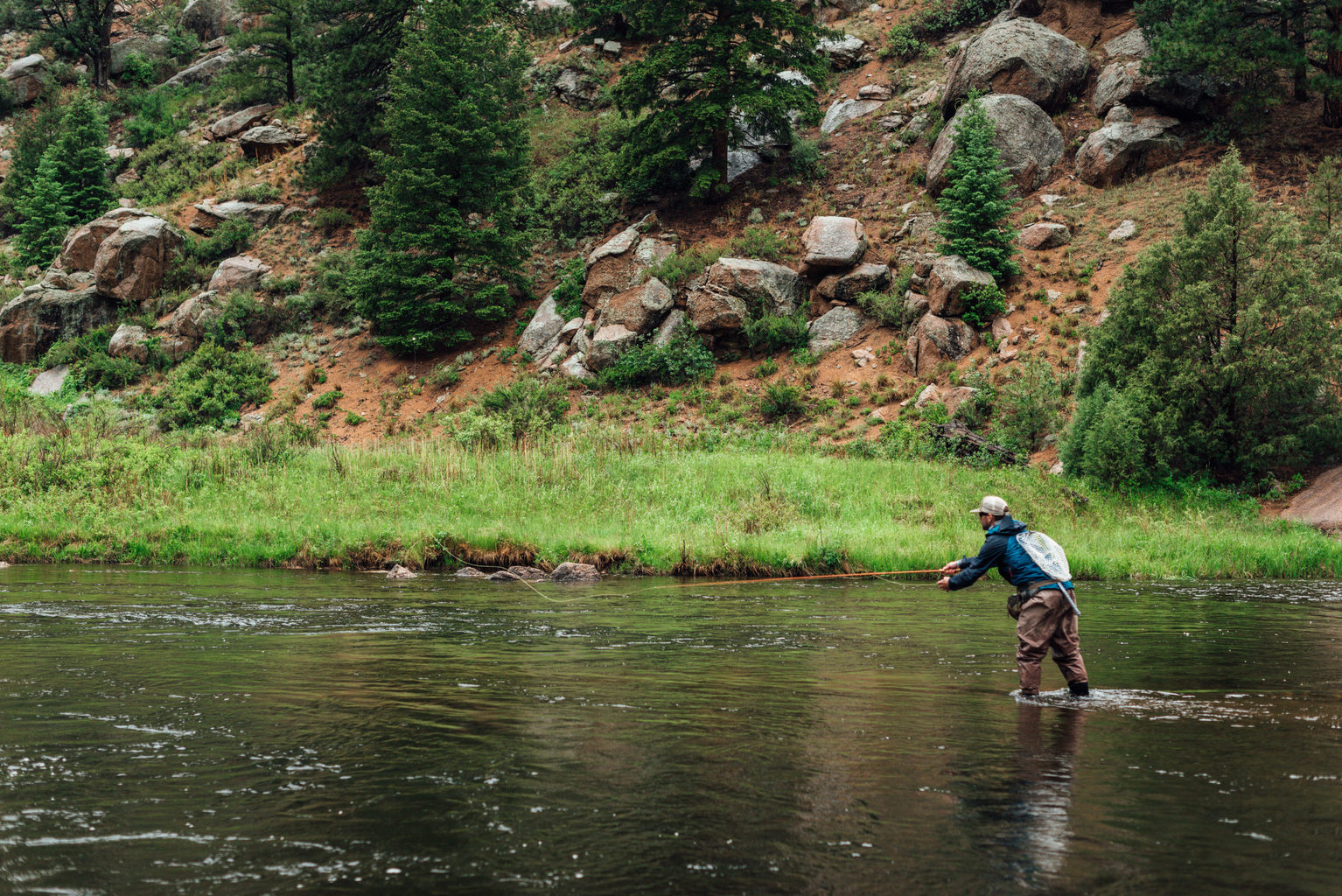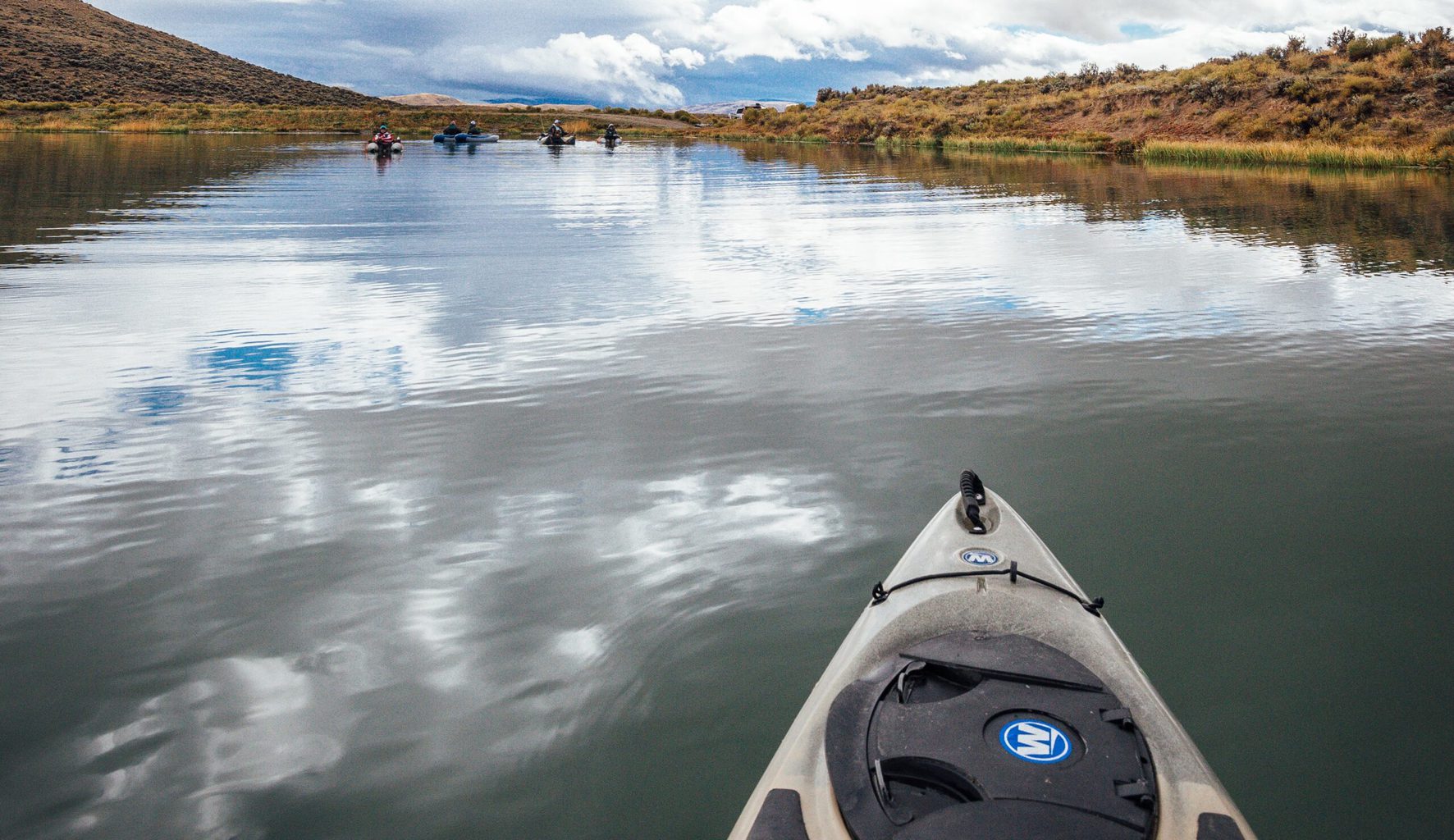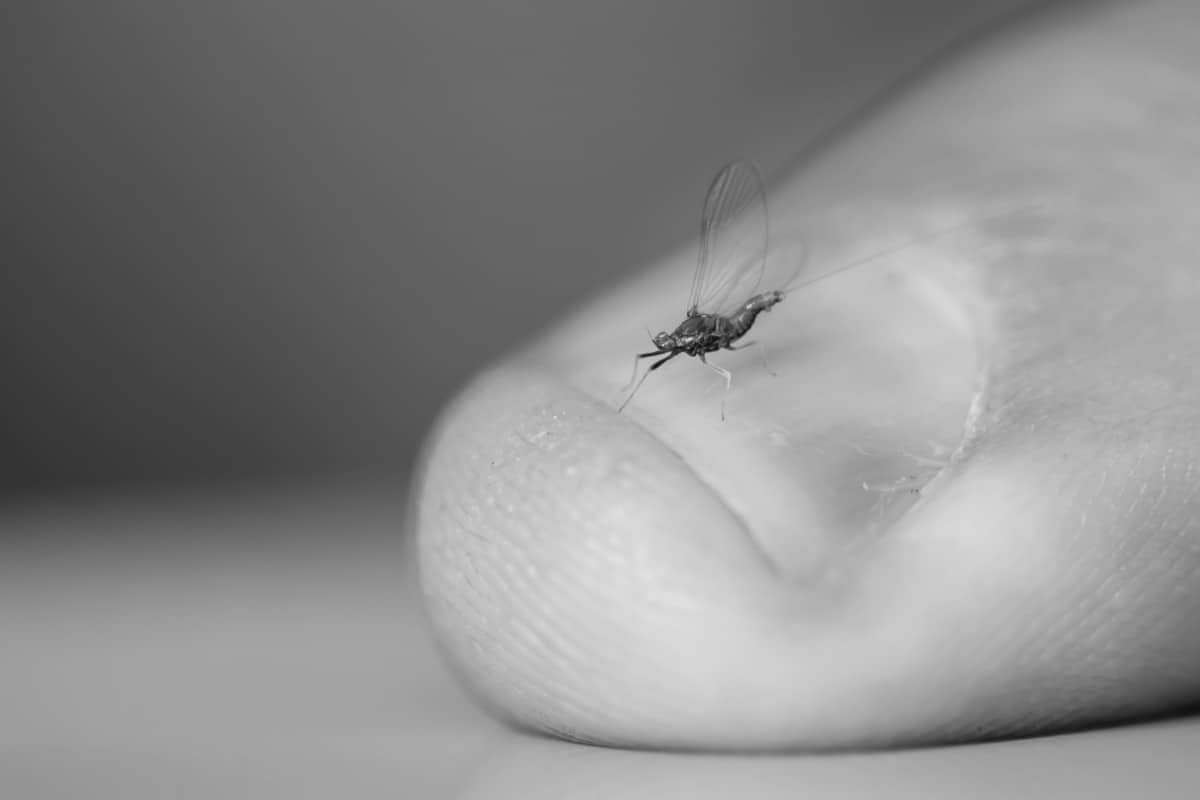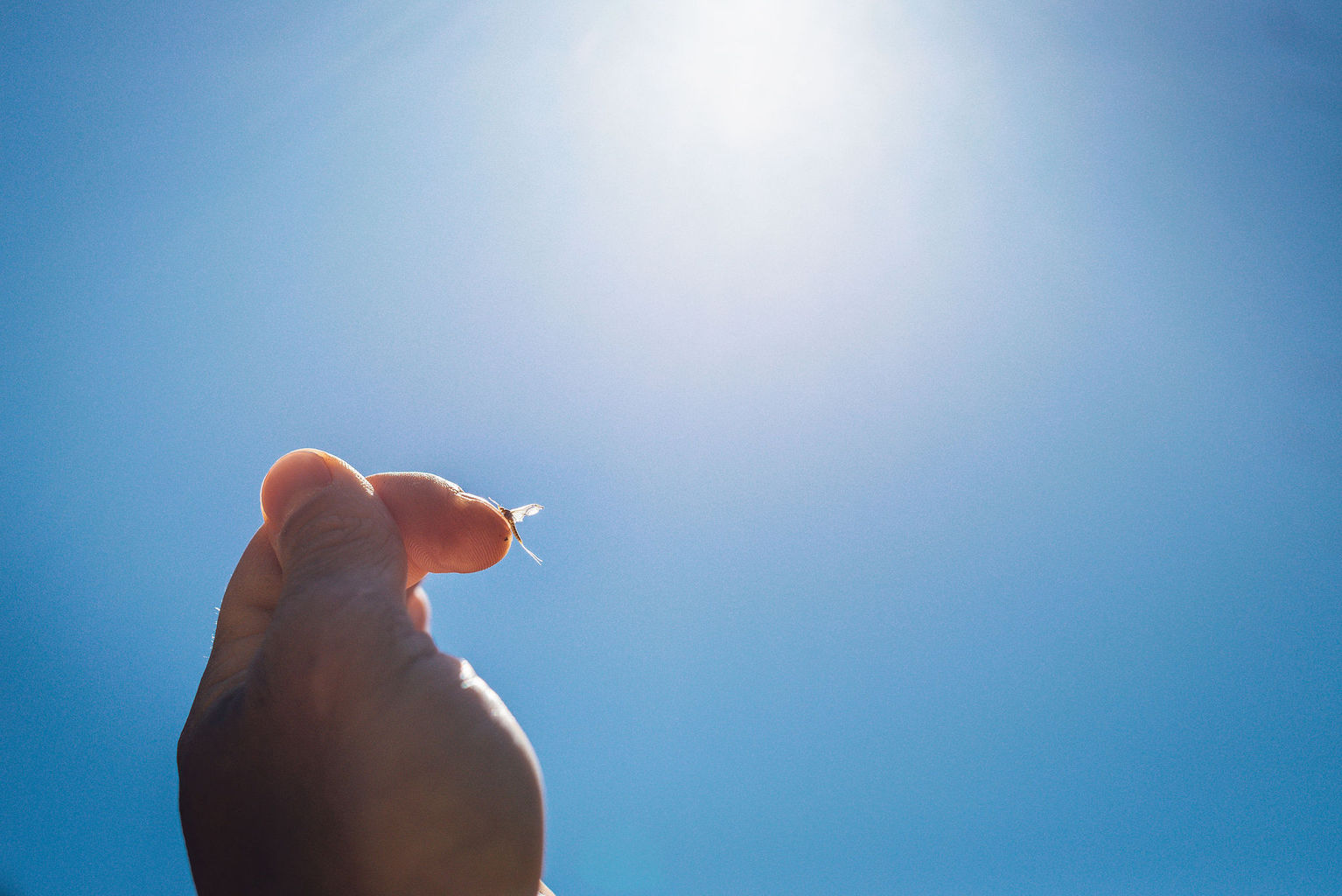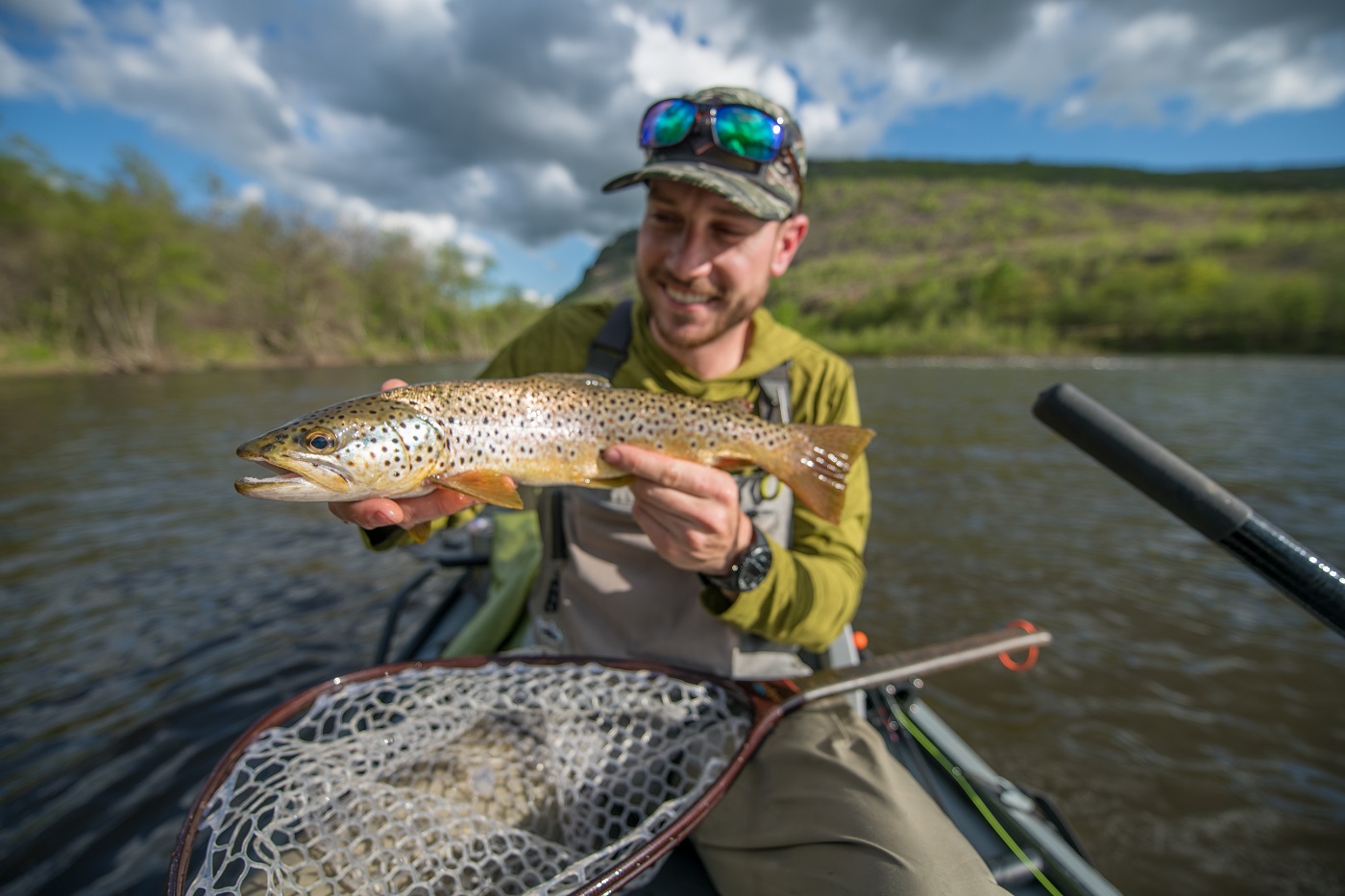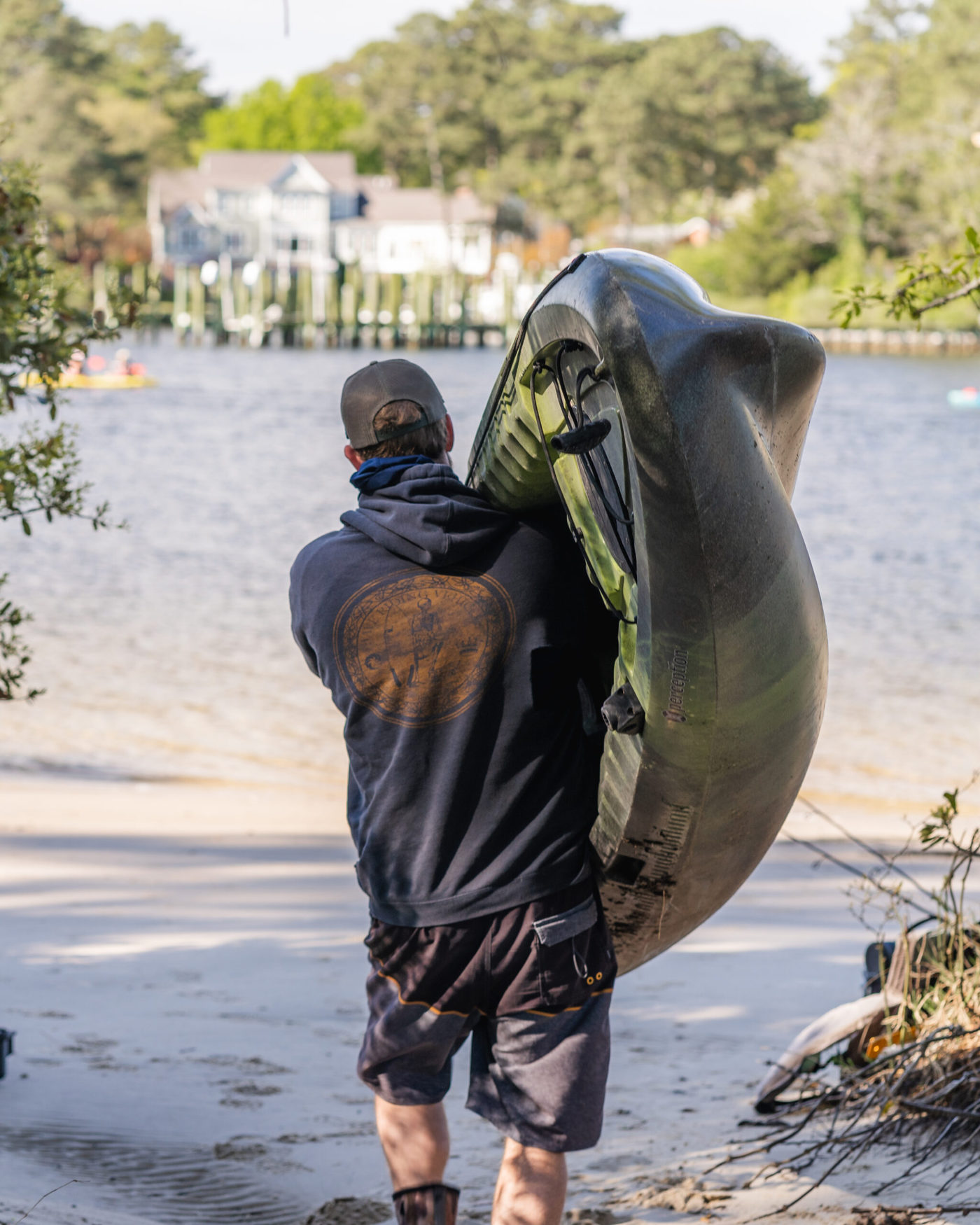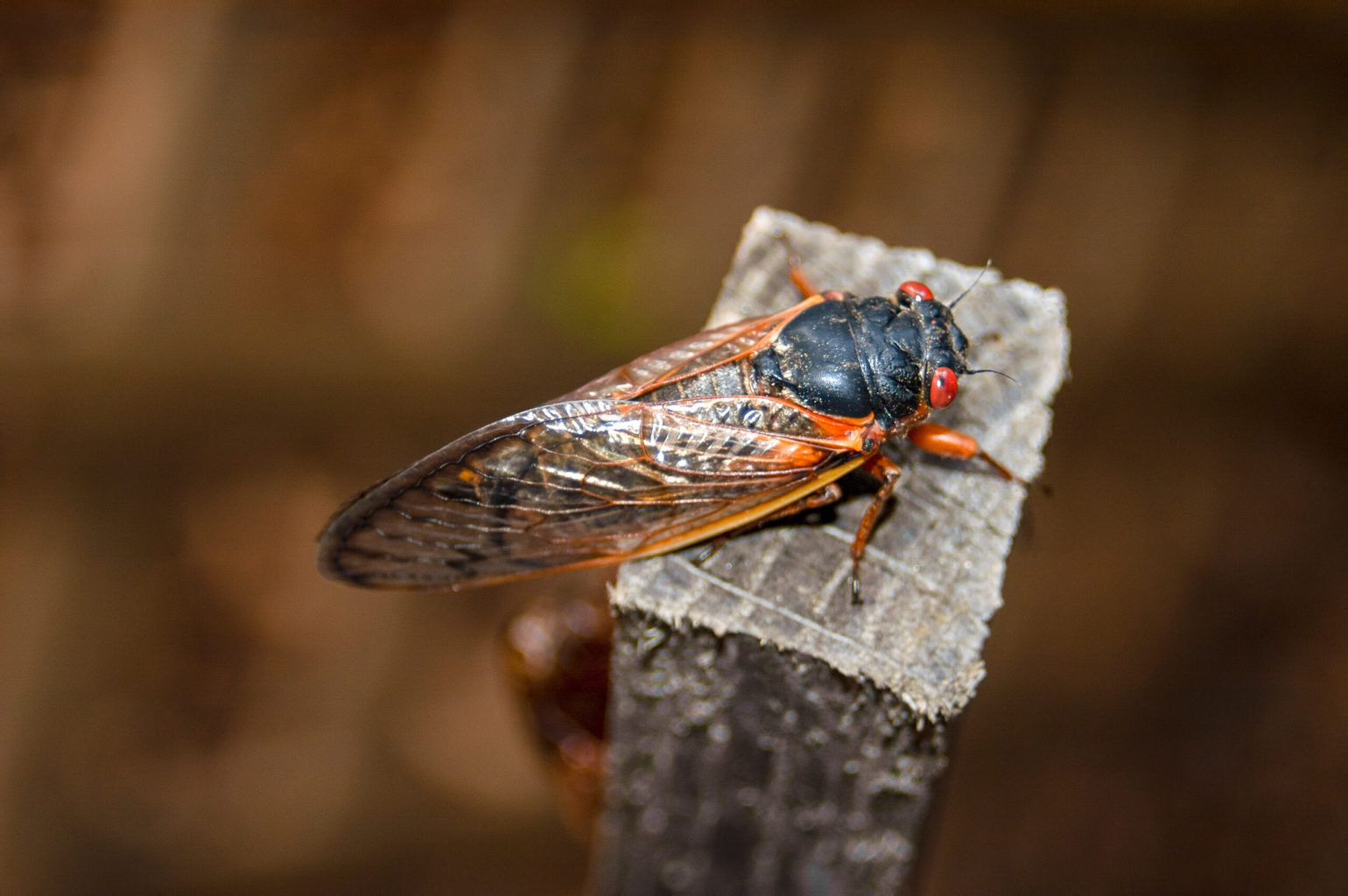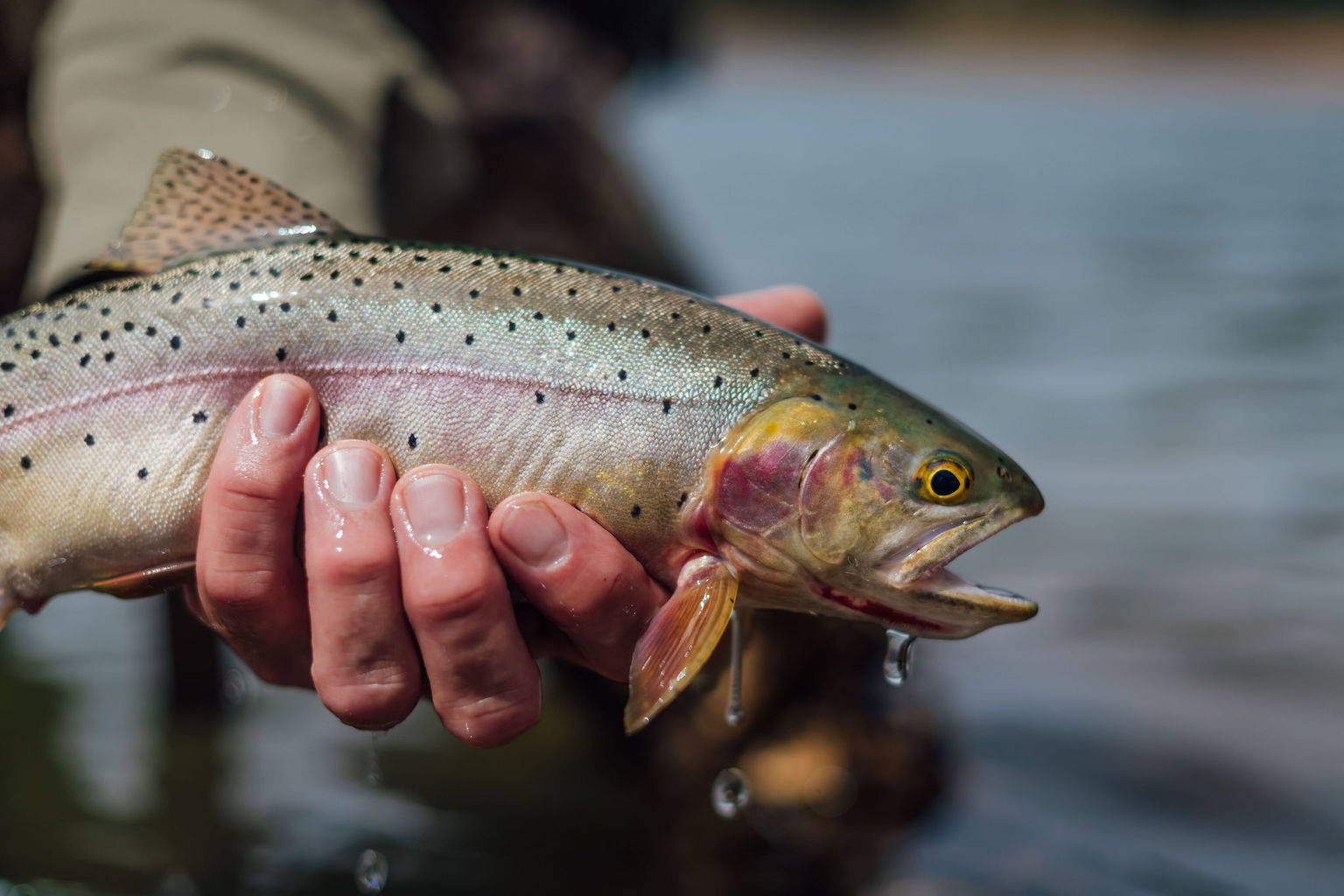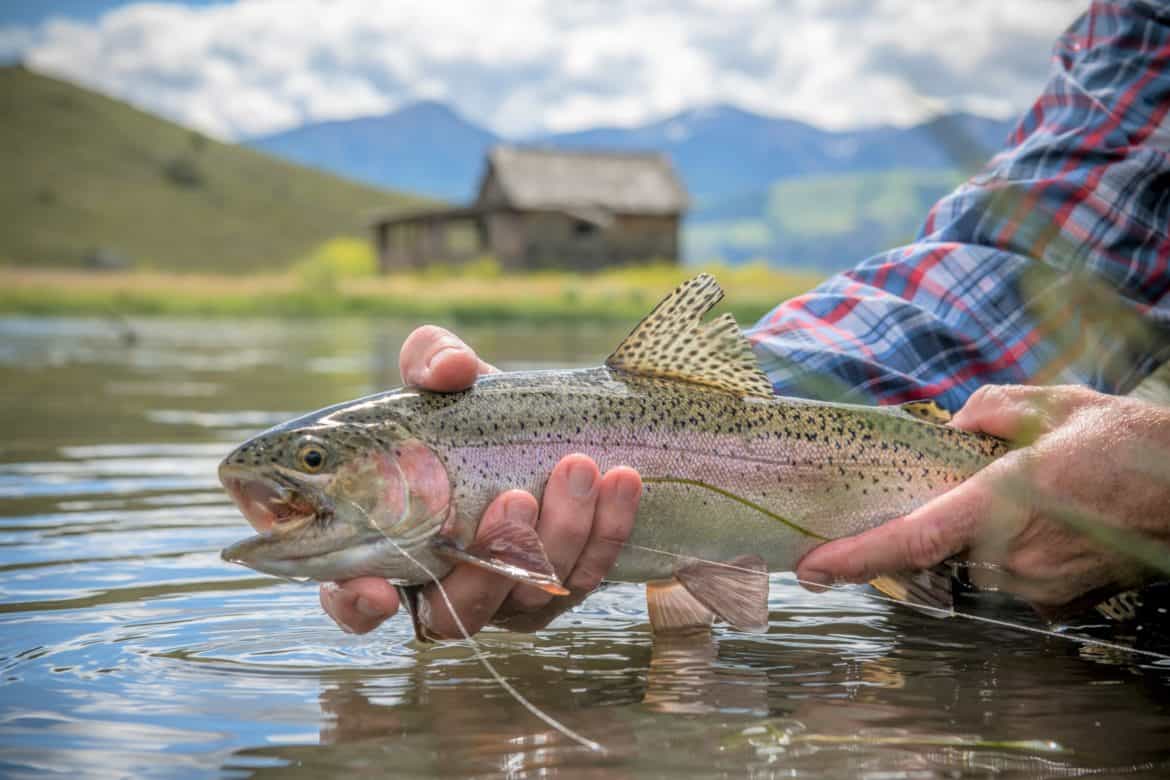3 Things You Need to Know Fly Fishing in Low and Clear Water
Low and clear water is incredibly intimidating to many anglers. Fish get quite spooky and spots that were once fishing great are now stagnant and difficult. Unfortunately, these are the conditions that usually prevail from July through September and into October. Instead of stowing the trout rods away in favor of other species, follow these tips and enjoy sustained success through the low and clear dog days of summer and early fall!
Study Water Tables
Water data from the United States Geological Service (USGS) provides excellent information for anglers. Compiling data, both historic and in real-time, gives a solid view into stream conditions from the comfort of home! During low water, one thing to look for is trends on the bell curve or water level trajectory. If stream levels are continually falling, spots are going to change pretty dramatically.
Streams that fish great at a certain flow might be a mere ankle-deep riffle when the water gets lower. For streams often fished, keep track of your own anecdotal notes from the water tables. After fishing a day at a particular CFS (cubic feet/second) jot down which spots fished better and which were too low to be productive. That way, looking at water tables will eventually provide insight into not only if you should go fishing, but also where you should go based on past success!
Time The Rain
Contrary to the spring months, rain is now our friend when stream levels get critically low. Even a small burst of precipitation can stimulate bug life and put trout on a heavy feeding cycle. With this in mind, keep an eye on the forecast and time fishing trips accordingly.
If stream conditions are really low, rain upwards of a half an inch can be beneficial to the fishing. The perfect timing is hitting a stream right after the water levels have peaked and start to fall. That sweet spot can result in some unbelievable fishing! Hitting the water after rain can also give anglers the opportunity to go back to some larger flies and heavier tippet, both of which serve as a welcome reprieve during a long stint of tough water conditions.
Downsize The Rig
Low and clear water naturally makes for skittish trout. By this point in the season they have been well accustomed to the offerings of fly anglers, and even the sight of a split shot is enough for them to shy away from our rig drifting along. When water gets like this, it’s crucial that our rigs reflect the conditions and get smaller and more discreet. That’s not to say that flies like a squirmy worm won’t continue to catch fish through summer, but the odds of spooking a trout increase during low and clear water events. Subtle shifts, like a smaller indicator or using smaller nymphs, can be just enough to keep trout unsuspecting.
When spring rains are nothing but a memory and water gets low and clear, it’s imperative that anglers quickly adjust to the change in conditions. Those sticking to what worked in higher water will be left scratching their heads wondering why the trout are so hard to catch now! By following these tips, it’s possible to keep catching fish through the months when low and clear water is commonplace.

